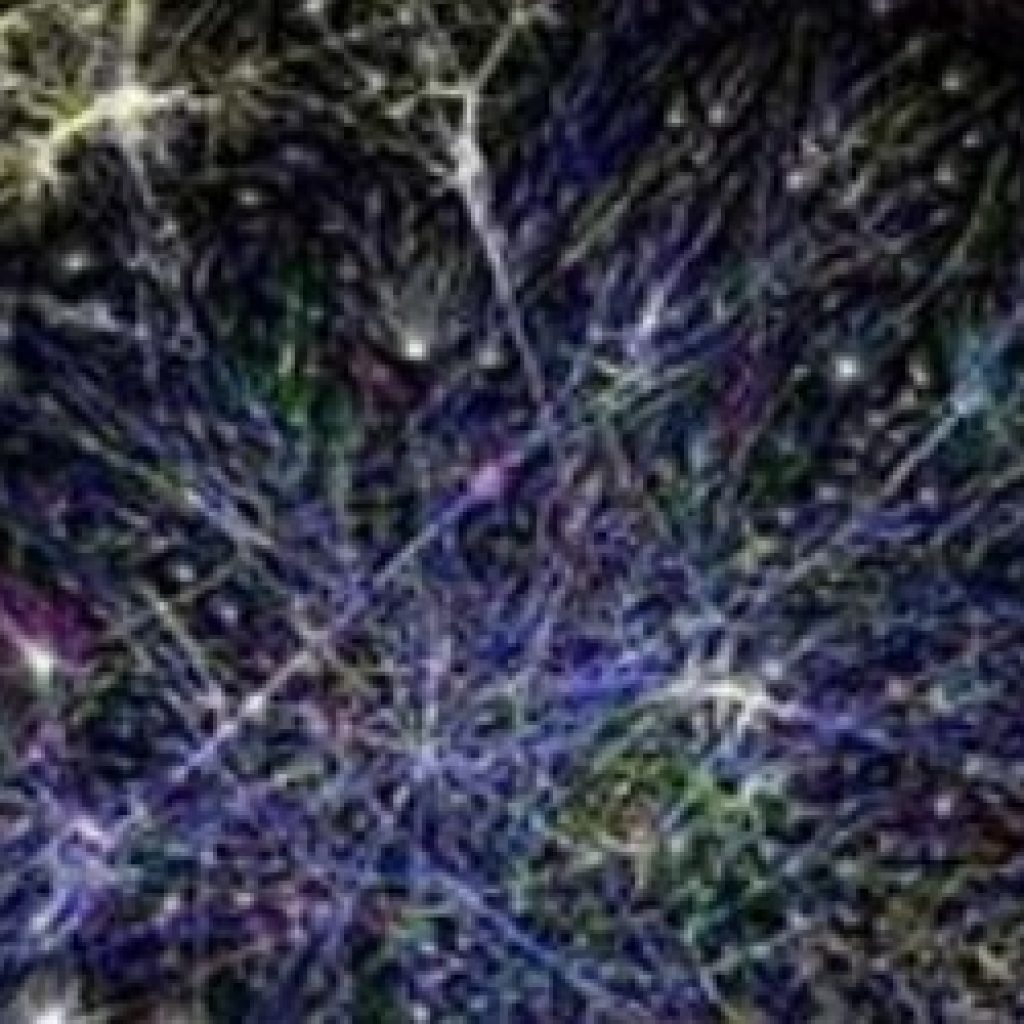(IT.co.uk) A pair of experiments in 2020 suggests the quantum internet networking technology could indeed be possible.
In February 2020, scientists from the University of Science and Technology of China published a paper detailing a 1,200km quantum link with the Micius satellite, the longest yet. A few months later, in September, researchers at the University of Bristol revealed a way to scale this nascent tech beyond a single connection.
“When I started, getting quantum computing to work between two people was a big deal,” says Siddarth Joshi, a research fellow at the University of Bristol’s Faculty of Engineering. “Now we are getting it to work between larger and larger networks. And satellites, when I started, were a dream. Now there’s a satellite in orbit and we’re building other satellites.”
Plenty of other researchers are investigating this area, with notable work at the University of Innsbruck and the University of Chicago, and a Delft University of Technology project to build a network between four cities. But, in 2020, these two sets of results marked a step forward for the tech.
Dr Harun Šiljak, assistant professor at the School of Engineering at Trinity College Dublin talked about the quantum internet work to-date. “But when we try to stretch it over hundreds of kilometres, or if there’s dozens of participants, things get ugly. And 2020 brought us both an advancement in trust-free communications over distance with the Chinese, and in terms of scaling with what’s being done in Bristol.”
With both experiments, the issue to overcome wasn’t with the idea of the quantum internet but scaling: First in the distance covered and, second, with the number of participants.
Let’s start with distance. This is a problem because of attenuation; the signal decays and that can cause the quantum properties to fade. “You’re trying to distribute something that’s very fragile over a large distance, and you’re doing it through fibre-optic cable,” Šiljak says. That’s true for traditional communications as well, with repeaters in place to boost the light signal and send it forward, but the physics aren’t the same for quantum signals, he adds. One way of avoiding that issue is line-of-sight transmissions, which works with satellites.
The University of Bristol project, part of the Quantum Communications Hub and UK National Quantum Technologies Programme, scaled up the number of people in the network, connecting eight via quantum communications. It’s not many, but it’s a start.
A Pair of Experiments Suggest the Quantum Internet Is On the Way
